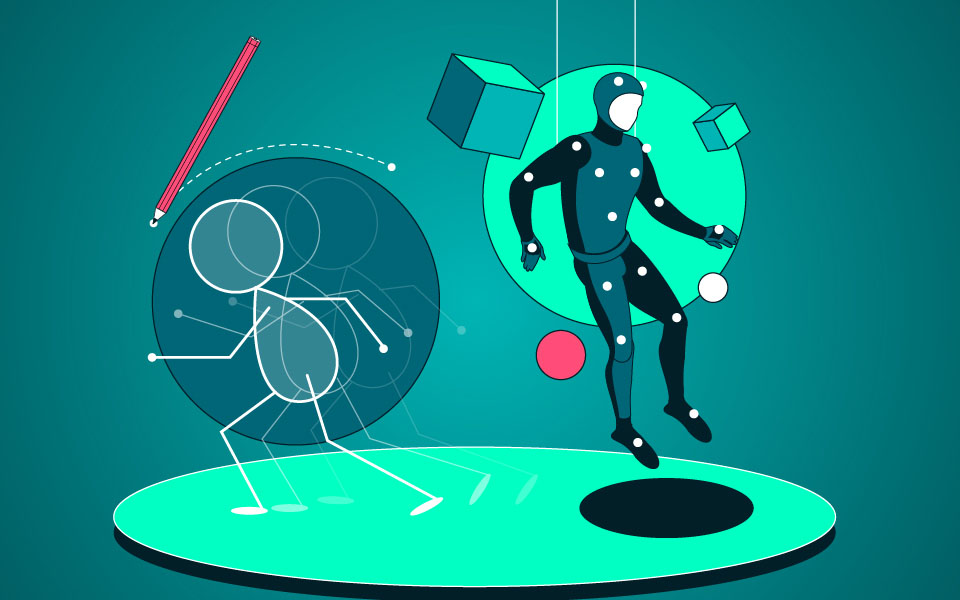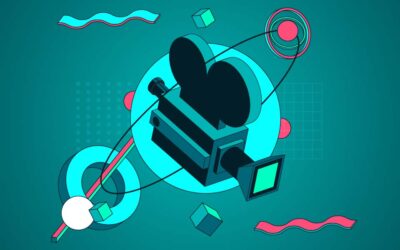Animation, the art of bringing images to life, has undergone a profound transformation since its inception. From the early days of hand-drawn sketches to the sophisticated computer-generated imagery (CGI) we see today, the evolution of animation is a testament to human ingenuity and creativity. Let’s take a journey through the history of animation, exploring how technological advancements have shaped this vibrant art form.
The Past, Present and Future of Animation.
The origins of animation can be traced back to the late 19th and early 20th centuries. In these early years, animators painstakingly drew each frame by hand, creating thousands of individual images to produce a few minutes of film. This labor-intensive process required immense skill and patience, but it laid the foundation for the animation industry.
The 1920s and 1930s marked the Golden Age of animation, with Walt Disney emerging as a central figure. Disney introduced audiences to Mickey Mouse and synchronized sound, revolutionizing the animation landscape. During this era, animation studios like Warner Bros. made significant contributions, producing beloved characters such as Bugs Bunny, Daffy Duck, and Betty Boop. The use of technicolor, introduced in the 1930s, added a new dimension to animated films, making them more vibrant and appealing. In the 1960s and 1970s, we saw the introduction of computer technology in animation.
Today, animation is a dynamic and diverse field, blending traditional and digital techniques. While CGI dominates the industry, hand-drawn animation continues to thrive, particularly in independent films and television series. Moreover, advancements in technology have made animation more accessible. Software like Adobe Animate and Blender allows aspiring animators to create professional-quality work from their home studios. The rise of the internet and social media has also provided a platform for independent animators to showcase their talent and reach global audiences.
Looking ahead, the future of animation is brimming with possibilities. Virtual reality (VR) and augmented reality (AR) are opening new frontiers, offering immersive experiences that blend the digital and physical worlds. Advances in artificial intelligence (AI) are also poised to revolutionize the animation process, making it more efficient and opening up new creative avenues.
Conclusion
In conclusion, the evolution of animation from hand-drawn sketches to CGI is a story of innovation, creativity, and relentless pursuit of excellence. As technology continues to advance, the art of animation will undoubtedly continue to evolve, delighting audiences and inspiring future generations of animators. The magic of bringing images to life, a testament to human creativity, is bound to keep enchanting us for years to come.





